Home » Kythira Information » Geography ~ Nature » Kythira Flora » Kythira herbs
Herbs of Kythira
Kythera is one of the richest areas in Greece in medicinal and aromatic plants, with several dozen of them being endemic, as the soil, climate and geographical location of the island favor their flourishing. Since ancient times, herbs have been an ideal treatment for colds, stomachaches or sore throats, for issues related to rheumatism and even our mental clarity. Even today we continue to trust nature’s pharmacy, and the practices that are passed down from generation to generation and applied for their therapeutic effects.
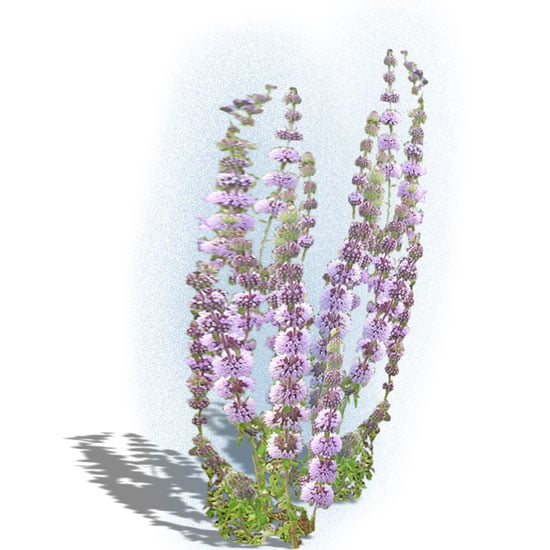
Fliskouni
Spearmint or spearmint (Mentha pulegium) is a type of mint related to spearmint and can be used instead of it.
It is found naturally throughout Greece, usually near water and in coastal areas, but it can also be cultivated. The parts that can be used are the leaves and flowers, which are collected from June to October.
An annual to perennial plant with creeping or erect branched stems reaching a height of about 40 cm. The stems are square in cross-section and can vary from hairless in some plants to densely hairy in others, with a green to sometimes red or purple color. The leaves, which grow in opposite pairs, are narrowly ovate, 2–3 cm long by 1 cm wide, pinnate, sparsely toothed towards the tip and tapering to a short petiole.
Its habitat is seasonally wet pastures, where stagnant water in winter leaves bare ground in summer and where animals prefer to graze other plants.
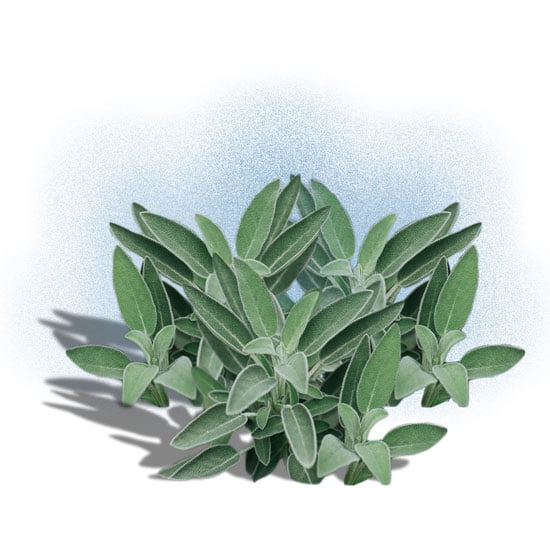
Sage
Sage or sage is a perennial, shrubby plant, with numerous branches, up to half a meter high, found in all regions of Greece and in Kythira, mainly in dry and rocky places. It is consumed as a decoction for its medicinal properties, which in some cases has side effects. Its leaves are long and thick, white-green in color. Its flowers grow in spikes, are purple in color and bloom from May to June.
The plant has a strong aromatic odor and is cultivated for its medicinal properties, as a decoction and as a spice. The leaves, which are the most commonly used part of the plant, are collected shortly before or at the beginning of flowering in dry and sunny weather, in May or June and dried in the shade.
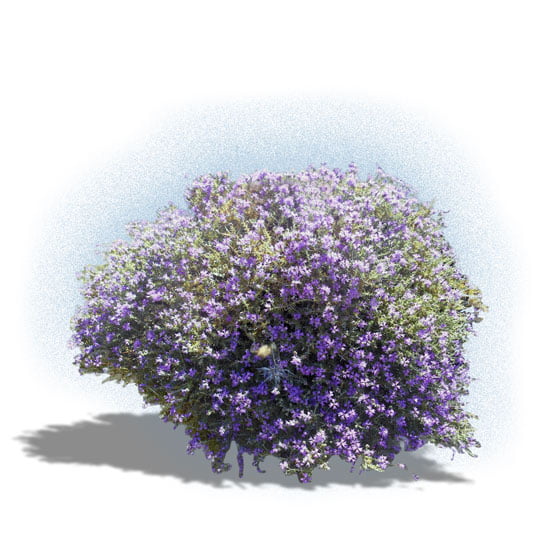
Thyme
Thyme or thyme, Thymus vulgaris, is a small shrub up to 30 centimeters tall, with upright shoots, extremely resistant, and exudes a very pleasant aroma. It is found in the southern and Mediterranean regions of Europe in various parts of Asia, and is cultivated in North America.
The leaves of thyme, when dried, acquire a brown-green color and release their aroma when crushed. Their flavor is very strong, slightly pungent and rich. Together with the dried flowers, they are used as a spice to flavor various foods, such as fish, meat, various sauces, soups, etc.
Thyme is particularly popular with bees and thyme honey is of excellent quality.
Thyme drink can be used to treat coughs and bronchitis. To prepare an infusion, add 1 teaspoon of dried or 2 teaspoons of fresh herb, without the stem, to 1 cup of boiling water, cover for 10 minutes and then strain.
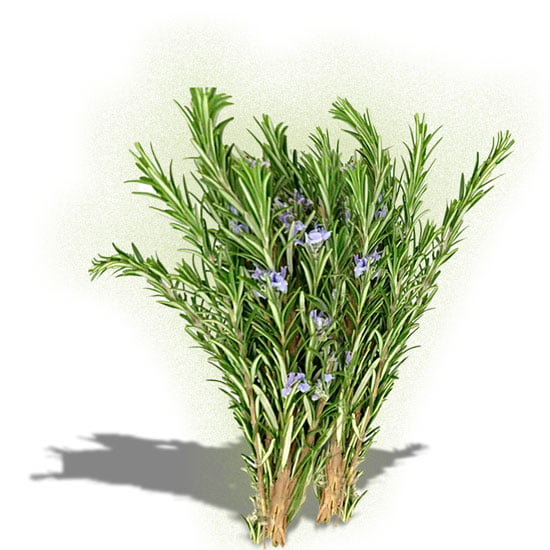
Rosemary
Rosemary (ancient Greek: ἀποσπληνος), also known as arismari, is a well-known plant in antiquity, when the Ancient Greeks used it in various religious ceremonies and celebrations, in the decoration of buildings and temples and as a fuel for incense.
It is a dense-leaved and multi-branched shrub with a height that does not exceed 2 meters. Its leaves are leathery, small, linear. The upper surface of the leaves is dark green and the lower surface is slightly fluffy with a whitish or faintly grayish color. The flowers are found in groups and appear in the axils of the leaves. Their color is purple, blue-white or even white. It does not need much watering andIt can also grow in rocky mountainous areas.
The tender shoots and leaves of rosemary are used as a flavoring in many dishes.
A liquid is extracted from the leaves of rosemary that is used in the preparation of medicine for rheumatism, for various mouth irritations and for coughs. An essential oil is extracted from the shoots that is used in perfumery, soapmaking, and with appropriate processing in the preparation of insecticides.
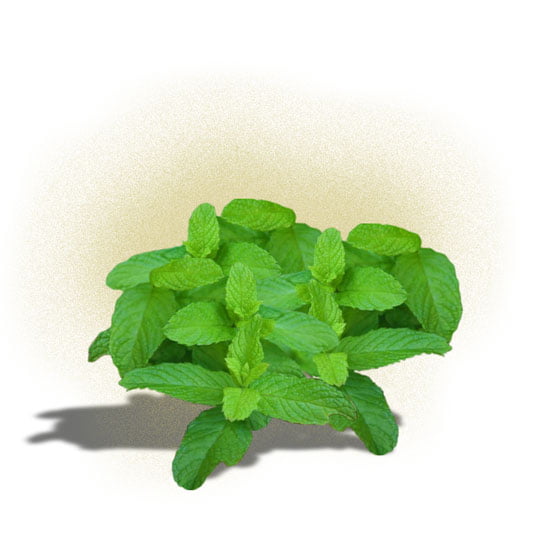
Barsamos or Mint
Mint is a species of mint, which is native to Europe and Southwest Asia.
It is a rhizomatous perennial plant that reaches a height of 30 to 100 centimeters. The stems and leaves are covered to a varying degree by hairs, while the rhizome is fleshy and extensive. The leaves are oval, 5 to 9 centimeters long and 1.5 to 3 centimeters wide. Its flowers are small, pink or light purple. They grow in clusters at the tops of the shoots.
Mint in Kythira is used to flavor various foods.
The benefits of mint are multiple for the human body, as it includes nutrients such as potassium, manganese, iron, calcium and magnesium. It also has antioxidant properties and incorporates vitamins, including vitamins C, B6, A and beta-carotene.
It helps the respiratory system as a decoction for winter colds, the gastrointestinal system by soothing the symptoms of gastroesophageal reflux, but also migraines and irritated throats.
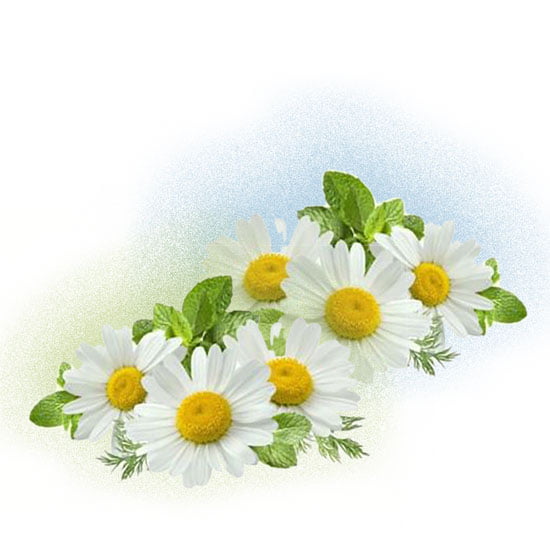
Chamomili
Its etymology is from the ancient chamaemilon, from “chamai” (hamo, down to the ground, on the earth) and “mῆlon” because the smell of the flowers is reminiscent of that of an apple.
Chamomile has calming, tonic but also antiseptic and insecticidal properties. It also acts against intestinal gases. By distilling the flowers, a valuable essential oil is obtained whose properties are similar to those of the essential oil of the noble anthemis (Anthemis nobilis), a plant native to California where it is cultivated as an ornamental.
The decoction of the same name is made from the flowers of the chamomile. Chamomile extracts are also used in various cosmetics or shampoos.
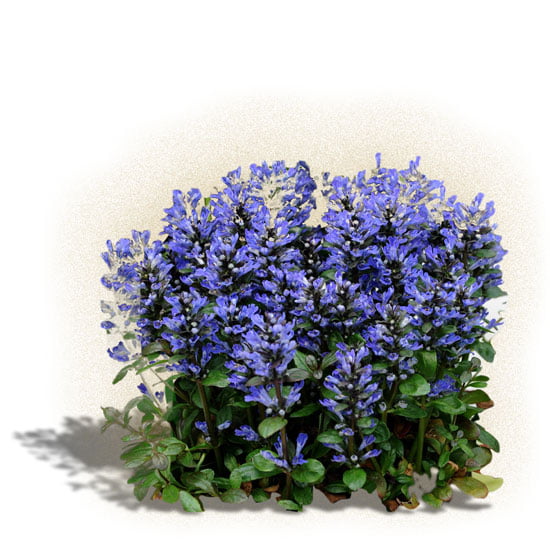
Aggouragkathea
Aggouragkathea or Milk thistle also known as Milk thistle or Silybum (Silybum marianum) is an herb that grows in rocky areas mainly in the Mediterranean. It belongs to the Asteraceae family, like daisies, and the active part of the plant is its fruit, from which the extract comes. The flower of the plant is a red-purple thorny flower and contains black seeds.
Milk thistle can be consumed as a beverage and is available in dietary supplements in tablets, capsules and tincture. Milk thistle is used in cases of hepatitis, jaundice, fatty infiltration of the liver as well as in the treatment of psoriasis.
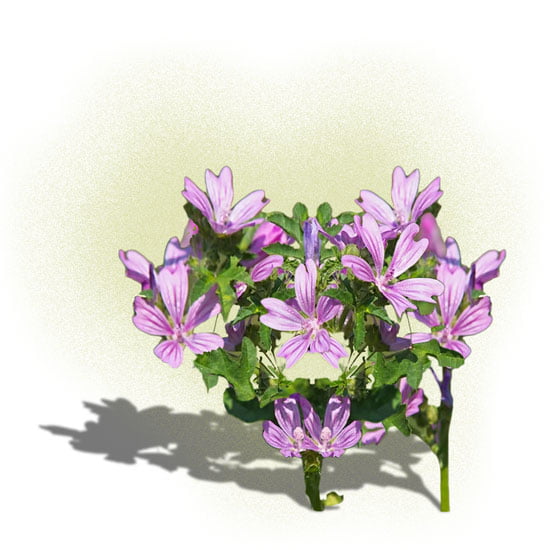
Moloxa
It is a particularly widespread plant throughout the Mediterranean basin and in many other places. It grows from the coastal zone to quite high altitudes. Mallow has dense foliage, with palmate leaves and mainly pink flowers, which grow from the stem. Its flowering period includes the entire spring and early summer.
In traditional medicine, mallow could be used as an edible and therapeutic plant. In ancient Greece, it was highly regarded (mentioned by Pythagoras and Plato). Athenaeus in the Deipnosophists (Book II) writes that it is considered an “artery relaxant” probably because it was used as a prophylactic medicine against arteriosclerosis.
In recent folk medicine, mallow leaves are rubbed on a part that hurts from the touch of nettle. As they say, “it soothes the stinging”. The decoction of its flowers is considered emollient, expectorant, and a bowel movement aid. A foot bath in a decoction of mallow relieves fatigue. A poultice of mallow leaves relieves eczema and pain from insect bites.
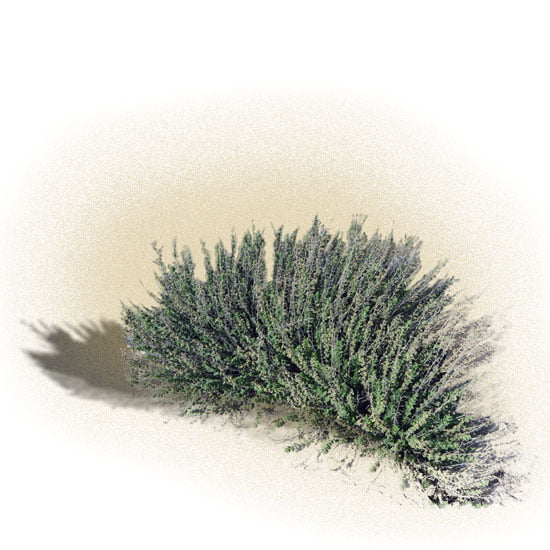
Oregano
Oregano is an aromatic herbaceous, perennial, native and shrubby plant of the Mediterranean and Central Asia. The plant is 20-80 cm tall, has opposite leaves 1-4 cm long. Its flowers are white-purple and bloom from June mainly to August depending on the region.
Greek Oregano is a perennial and herbaceous plant whose quality is considered one of the best in the world. In Greece, oregano is wild and is found in mountainous and rocky areas.
In addition to the characteristic aroma and flavor that it gives to food, oregano also has many medicinal properties. It is antidiarrheal, anti-inflammatory, and bactericidal. In the form of teas, it is used for intestinal atony, an expectorant for coughs, helps with hypertension and arteriosclerosis. Oregano essential oil (oregano oil) is used for toothache. Oregano has 12 times more antioxidant activity than an orange, 30 times more than a potato and 42 times more than an apple.
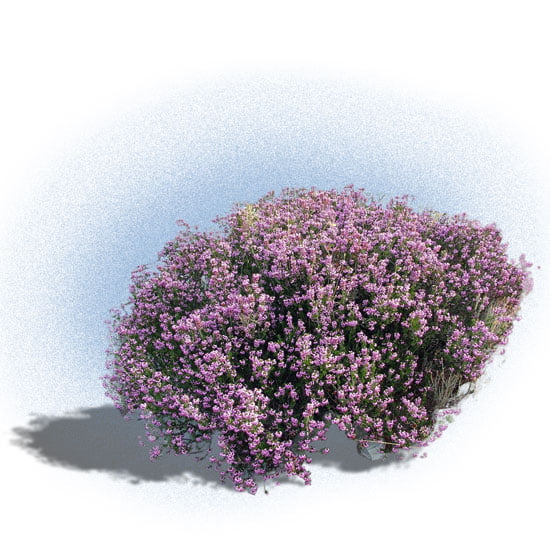
Throumpi
Throumpi is a beautiful shrub with a strong aroma. It is a plant that is found in almost all temperate regions of the planet and in many areas of Kythera. It is a known plant since ancient times and has been used in cooking as an aromatic for more than 2,000 years and as an herb.
The flowers are white, pink or purple in color, they grow in inflorescences on the ends of the stem, useful for the essential oil. The flowering period is from June to September. It attracts bees and butterflies. After the flowers mature, thousands of small seeds are created.
In the past, it was used as an antidote to bee, wasp and other insect stings. Also as a decoction for sore throats, coughs and bronchitis. The essential oil has antifungal and antibacterial properties. The Romans considered thyme as an aphrodisiac herb and not without reason.
Thrombi is today also used as a tonic, digestive for the digestive system and as an appetizer. It is even used in industry for flavoring soaps, toothpastes, etc.
